The Sensory Garden
The sight of sky and of things growing seem human needs, common to all.
Octavia Hill's statement is the inspiration behind our 2024 RHS Chelsea Show Garden. A founder of the National Trust, Octavia believed that everyone should have access to nature, especially in towns and cities, and worked hard to conserve green spaces.
Gardens can, and should be for everyone, including those with mental health struggles, disabilities or cognitive impairment. A sensory garden, in particular, is beneficial as it can open up opportunities to experience the outdoors in many different ways that may not otherwise be possible for people. For example, people with impaired sight or blindness can enjoy the heightened scents, textures, sounds and tastes present in a garden.
Our garden truly represents Octavia’s ideals of gardens for all. Sloping paths allow wheelchair access, and sound installations, texture and scent offer alternative ways for those with sensory loss to experience and enjoy the space, making a positive difference to overall health and wellbeing.
A garden that enriches our senses can be used as an educational tool and can help children connect with the natural world. Particularly, children with learning difficulties can find sensory gardens hugely beneficial, as it allows them to explore their senses safely.
A special installation in our garden by sound artist Justin Wiggan, records the electrical impulses of the plants, the earth beneath our feet, and the colours within blooms, wind and water. This will enhance connections to our garden and provide alternative experiences for visitors who are visually impaired or blind. Thanks to geocaching, visitors will even be able to share and ‘replant’ the garden’s sounds, creating their own ‘sound gardens’ around the world.
When creating a sensory garden, we should consider features that stimulate our five senses; touch, scent, sound, taste and sight. There are so many ways in which we can achieve this - through texture, highly scented plants, running water and wildlife sounds, growing fruit and vegetables to eat, and creating vibrant displays.
Here are some suggestions of plants that you could grow in your sensory garden:

Touch
Soft, fuzzy texture:
- Mugworts (Artemisia spp)
- Dittany of Crete (Origanum dictamnus)
- Mullein (Verbascum spp)
- Pussy willow (Salix spp)
- Mint-scented geranium (Pelargonium tomentosum)
- French lavender (Lavandula stoechas)
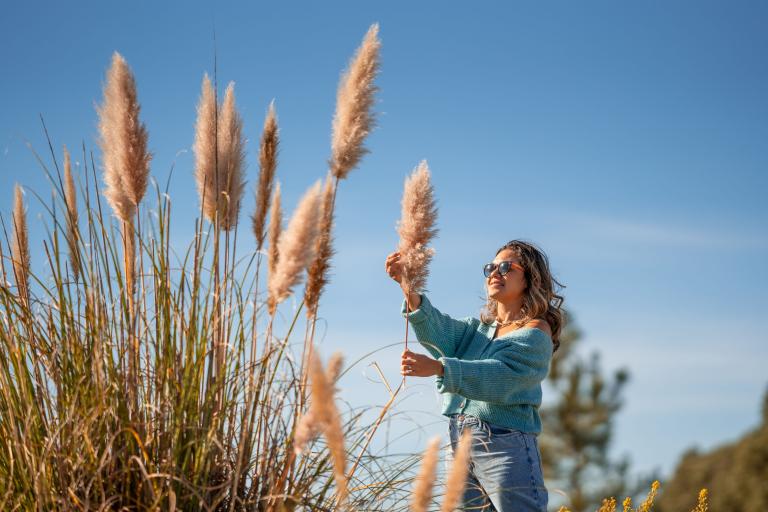
Tickly/Feathery:
- Pampas Grasses
- Dill (Anethum graveolens)
- Yarrow (Achillea millefolium)
- Astilbe ‘Deutschland’ (Astilbe japonica)
- Blue Fescue (Festuca glauca)
- Pony Tail Grass (Stipa tenuissima)
- Fennel (Foeniculum vulgare)
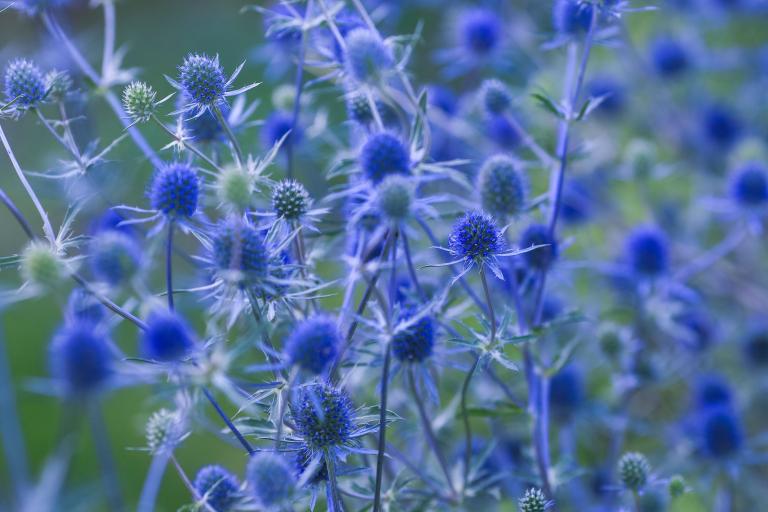
Prickly plants:
- Roses
- Purple Coneflower (Echinacea purpurea)
- Sea Holly (Eryngium spp)
- Hens-and-chicks/House leeks (Sempervivum spp)
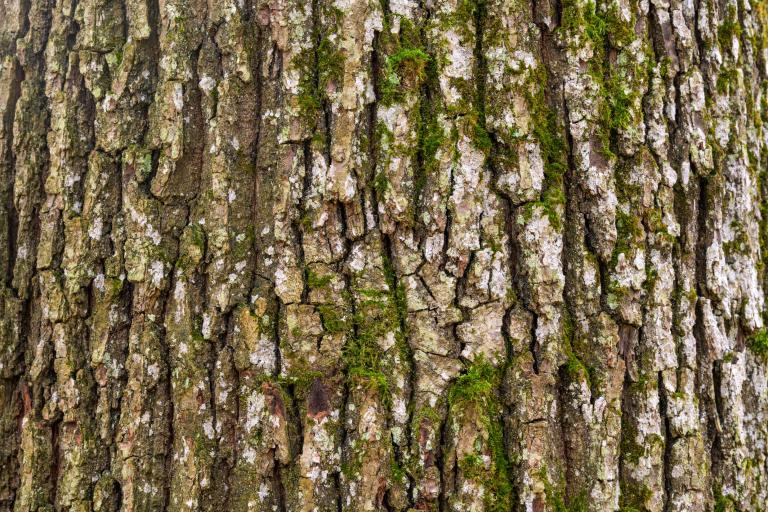
Bark of most trees such as:
- Cherry (Prunus serrulata)
- Apple (Malus domestica)
- Silver Birch (Betula pendula)
- Oak (Quercus)
Plants with textured foliage:
- Mullein (Verbascum)
- Kiwi Vine (Actinidia)
- Artichoke (Cynara cardunculus Scolymus)
- Moon Valley Pilea (Pilea involucrata)
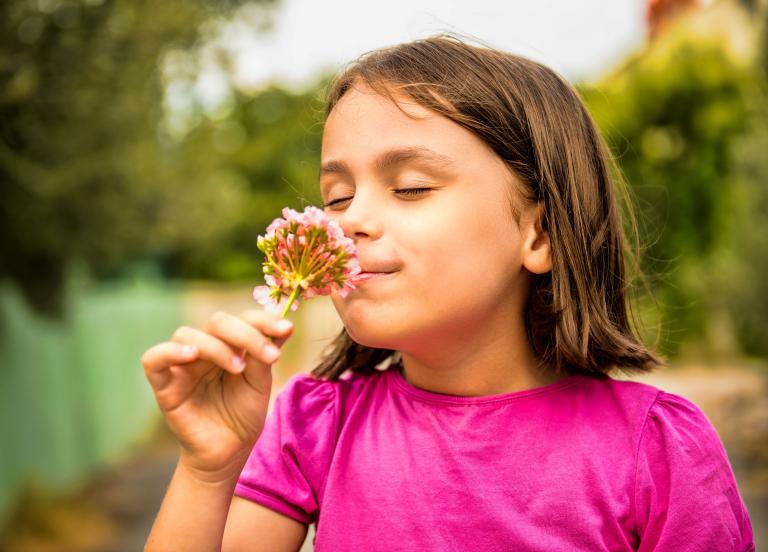
Scent
- Honeysuckle (Lonicera)
- Witch Hazel (Hamamelis)
- Tobacco Plant (Nicotiana)
- Lavender (Lavandula)
- Sweet Pea (Lathyrus odoratus)
- Wisteria (Wisteria sinensis)
- European cranberry bush (Viburnum)
- Jasmine (Jasminum)
- Roses (Rosa)
- Daphne (Daphne odora)
- Mexican Orange Blossom (Choisya ternata)
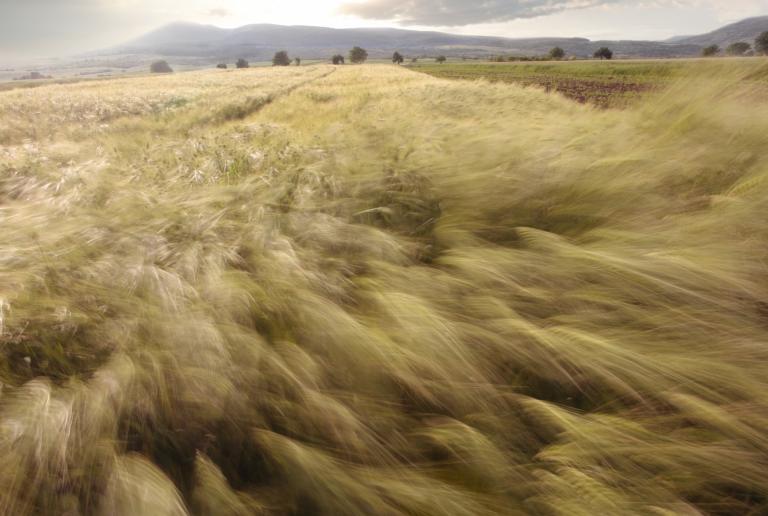
Sound
Plants that create sound:
- Miscanthus oligostachyus ‘Nanus Variegatus’; pretty bamboo-like foliage, which creates a rustling noise.
- Sweetcorn, Zea mays; another rustler and good to eat too.
- Bamboo, Phyllostachys; pretty foliage which whispers in the wind.
- Fountain grass, Pennisetum alopecuroides; long, evergreen grass, with bristly spikelets.
Other ways to introduce sound:
- Gravel
- Water
- Wildlife – Birds
- Wind Chimes
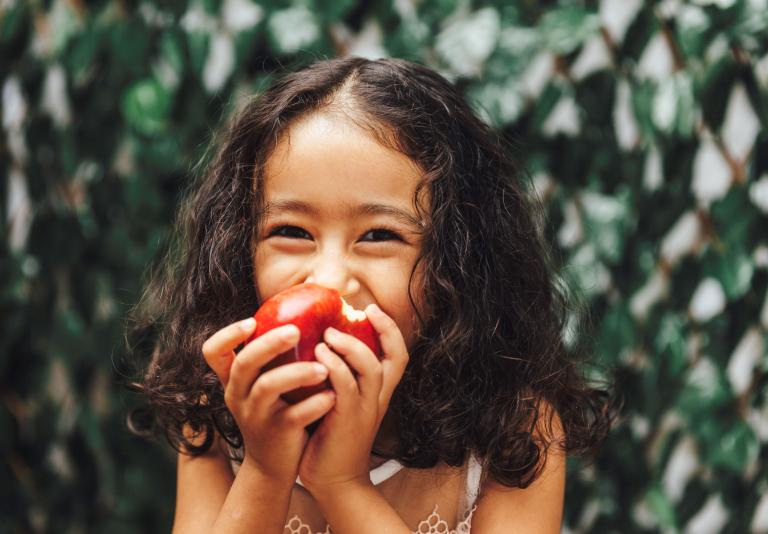
Taste
- Apples
- Pears
- Cherries
- Strawberries
- Plums
- Peaches
- Tomatoes
- Beans
- Chard
- Lettuce
- Onion
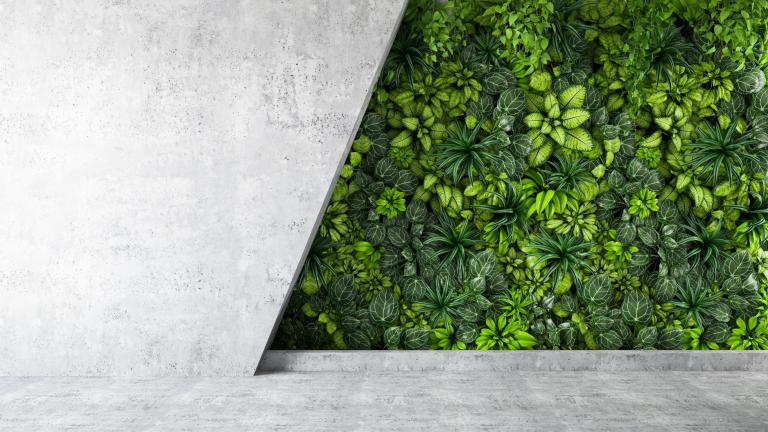
Sight
Architectural/Structural Plants:
- Red Star Cabbage Tree (Cordyline australis)
- Bear's Breeches (Acanthus mollis)
- New Zealand Flax (Phormium)
- Japanese Maple 'Garnet' (Acer palmatum)
- Japanese Aralia (Fatsia japonica)
- Chinese Silver Grass (Miscanthus)
- Silver Wattle (Acacia dealbata 'Mimosa')
- Flamingo Boxelder (Acer negundo 'Flamingo')
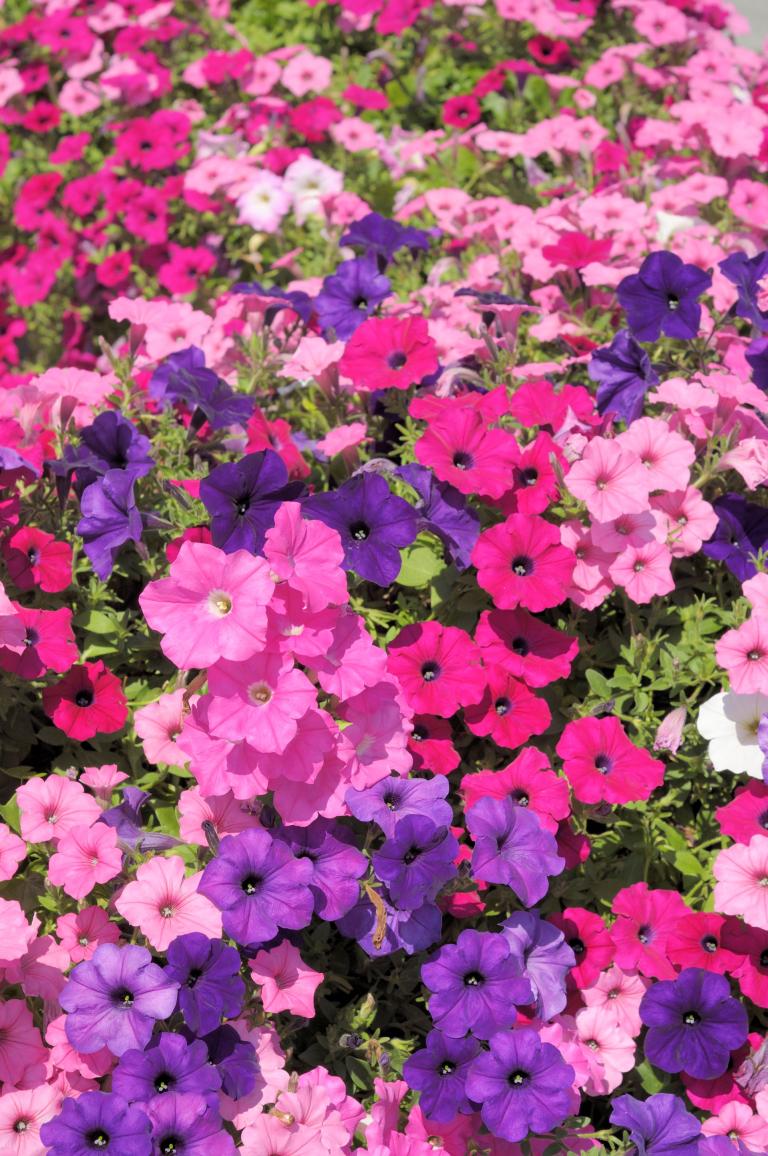
Vibrant colours:
- Clematis
- Petunia
- Aster
- Begonia
- Dahlia
- Impatiens
- Cornus
- Echinacea
- Crocosmia
- Fuchsia
Climbers:
- Honeysuckle (Lonicera)
- Clematis
- Jasmine
- Wisteria
- Passion Flower (Passiflora)
- Virginia creeper (Parthenocissus quinquefolia)
